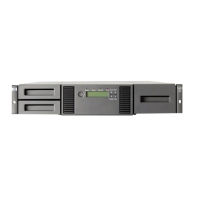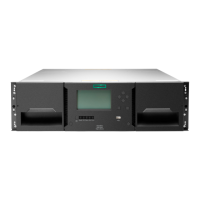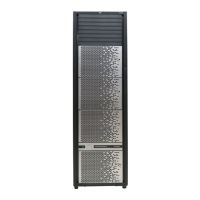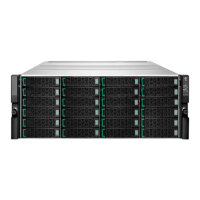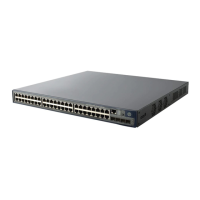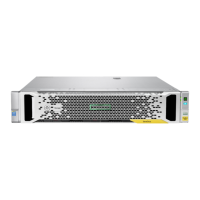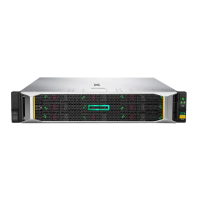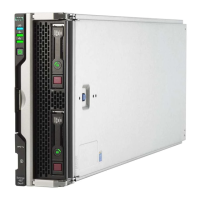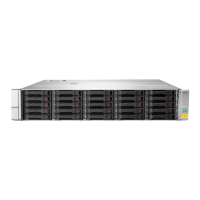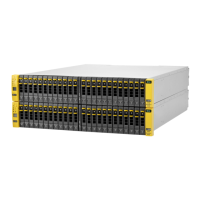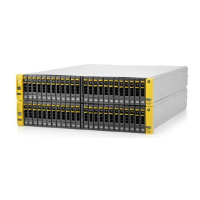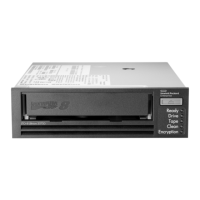32 Connecting to the controller CLI port
5 Connecting to the controller CLI port
Device description
The MSA 1050 controllers feature a command-line interface port used to cable directly to the controller and initially set IP
addresses, or perform other configuration tasks. This port employs a mini-USB Type B form factor, requiring a cable that
is supplied with the controller, and additional support described herein, so that a server or other computer running a
Linux or Windows operating system can recognize the controller enclosure as a connected device. Without this support,
the computer might not recognize that a new device is connected, or might not be able to communicate with it. The USB
device driver is implemented using the abstract control model (ACM) to ensure broad support.
For Linux computers, no new driver files are needed, but depending on the version of operating system, a Linux
configuration file may need to be created or modified.
For Windows computers, if you are not using Windows 10/Server 2016, the Windows USB device driver must be
downloaded from the HPE website, and installed on the computer that will be cabled directly to the controller
command-line interface port (see also https://www.hpe.com/su
pport/downloads).
NOTE: Directly cabling to the CLI port is an out-of-band connection because it communicates outside the data paths
used to transfer information from a computer or network to the controller enclosure.
Emulated serial port
Once attached to the controller module as shown in Figure 20 (page 34), the management computer should detect a new
USB device. Using the Emulated Serial Port interface, the controller presents a single serial port using a vendor ID and
product ID. Effective presentation of the emulated serial port assumes the management controller previously had a
terminal emulator installed (see Table 3). MSA 1050 controllers support the following applications to facilitate connection.
.
Certain operating systems require a device driver or special mode of operation. Vendor and product identification are
provided in Table 4.
.
Preparing a Linux computer for cabling to the CLI port
You can determine if the operating system recognizes the USB (ACM) device by entering a command:
cat /proc/devices/ |grep -i "ttyACM"
If a device driver is discovered, the output will display:
ttyACM
(and a device number)
You can query information about USB buses and the devices connected to them by entering a command:
Table 3 Supported terminal emulator applications
Application Operating system
HyperTerminal, TeraTerm, PuTTY Microsoft Windows (all versions)
Minicom Linux (all versions)
Solaris
HP-UX
Table 4 Terminal emulator display settings
USB identification code type Code
USB vendor identification 0x210c
USB product identification 0xa4a7
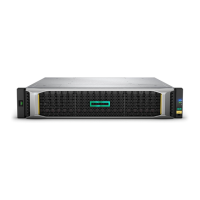
